20+ Sample Complex Organizational Charts
-
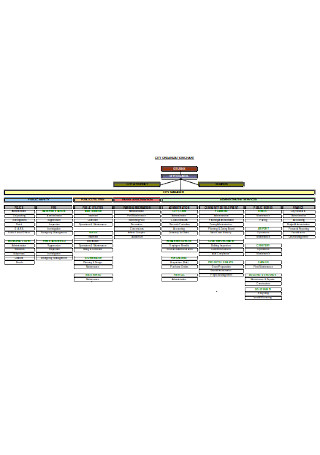
City Organizational Chart
download now -
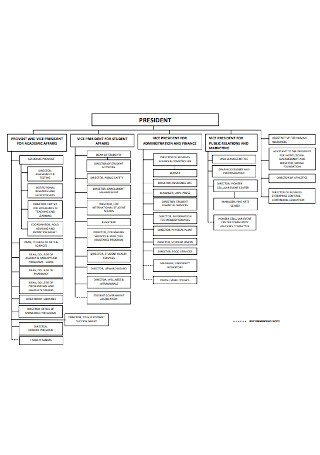
President Organizational Chart
download now -
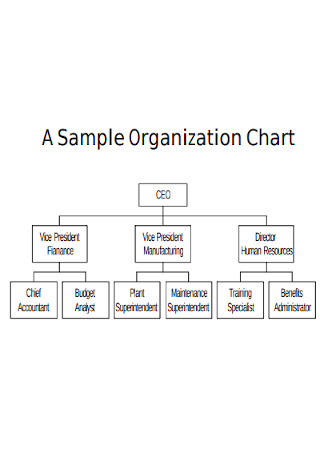
Sample Organization Chart
download now -
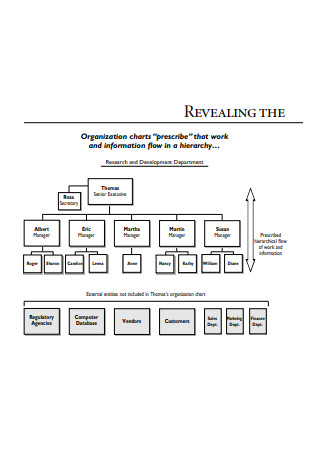
Organizational Network Mapping
download now -
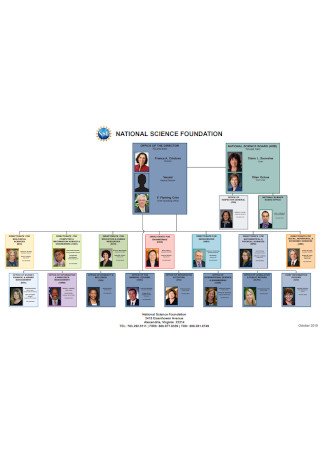
NSF Organizational Chart
download now -
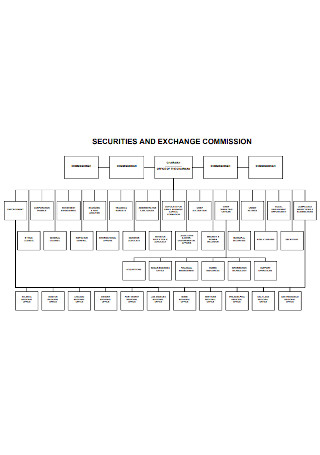
SEC Organizational Chart
download now -
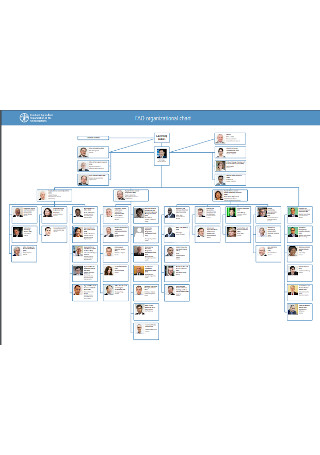
FAO organizational chart
download now -
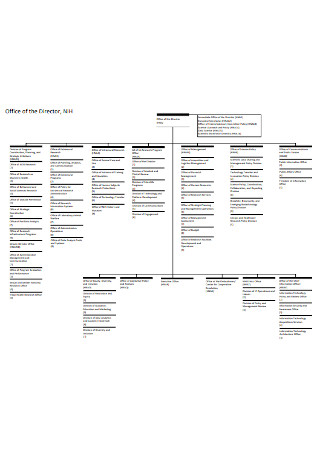
OD Organizational Chart
download now -

Complex Organizational Chart
download now -
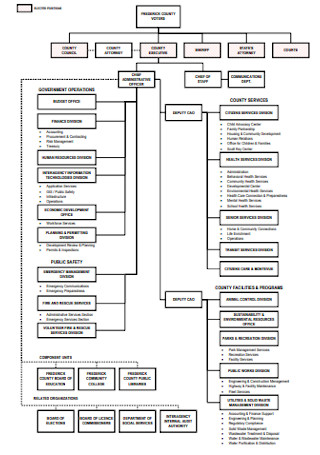
County Government Organizational Chart
download now -
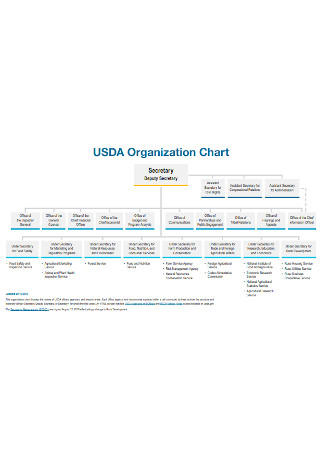
Sample Complex Organizational Chart
download now -
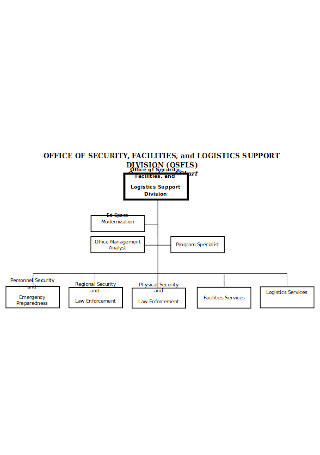
Logistics Complex Organizational Chart
download now -
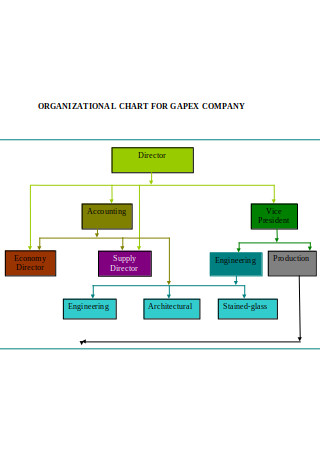
Organizational Chart for Company
download now -

Tentative Organizational Chart
download now -
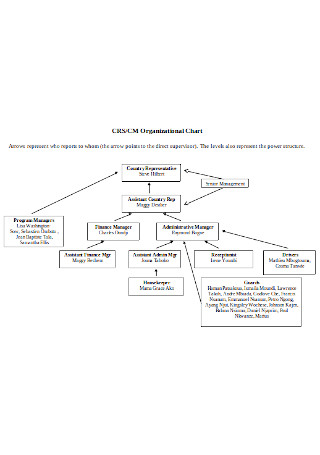
Simple Complex Organizational Chart
download now -

Programmatic Organization Chart
download now -
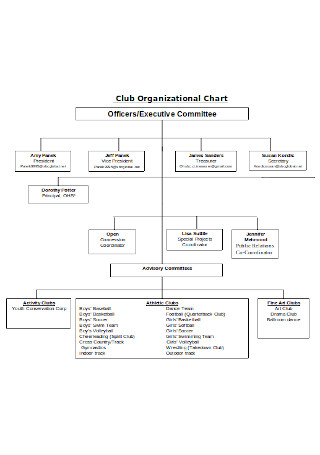
Club Organizational Chart
download now -
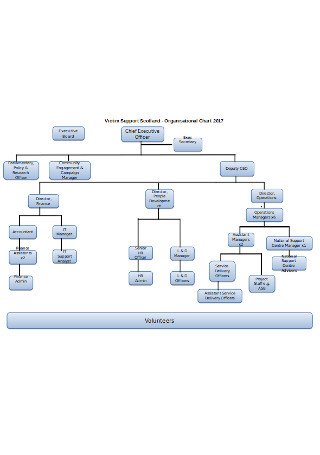
Basic Organizational Chart
download now -
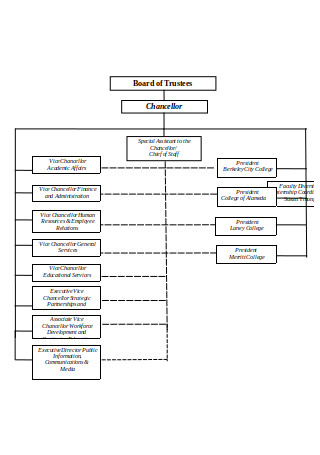
Format of Complex Organizational Chart
download now -
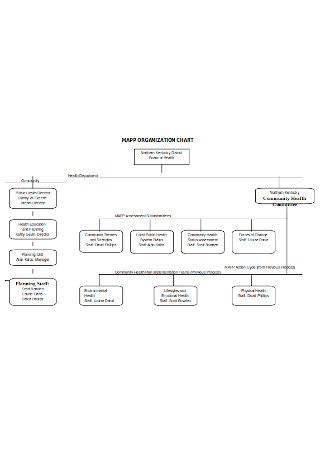
Organizational Chart
download now
FREE Complex Organizational Chart s to Download
20+ Sample Complex Organizational Charts
What Is an Organizational Chart?
The Building Blocks of Organizational Structure
Boxes, Lines, and Texts
How to Create a Complex Organizational Chart
What Is an Organizational Chart?
As stated in an article from Inc.com, studies revealed that around 65% of humans are visual learners. Taking this information into account, we can come to the conclusion that it will be easier for us to absorb information when it is presented through data visualization tools such as graphs, charts, diagrams, and maps. These methods of graphical representations are not only for presenting numerical data or statistics but also for hierarchal structures and processes. In the absence of data visualizations, it might be hard to comprehend facts—especially complex ones. One type of graphic representation of information is an organizational chart. It presents the hierarchical structure of a particular organization and shows the reporting relationships between people that belong to a specific company. Moreover, this diagram provides details about the roles and responsibilities of each individual within the organization. The typical structure of an organizational chart situates the highest-ranking person at the topmost portion of the model, followed by other individuals who report to them.
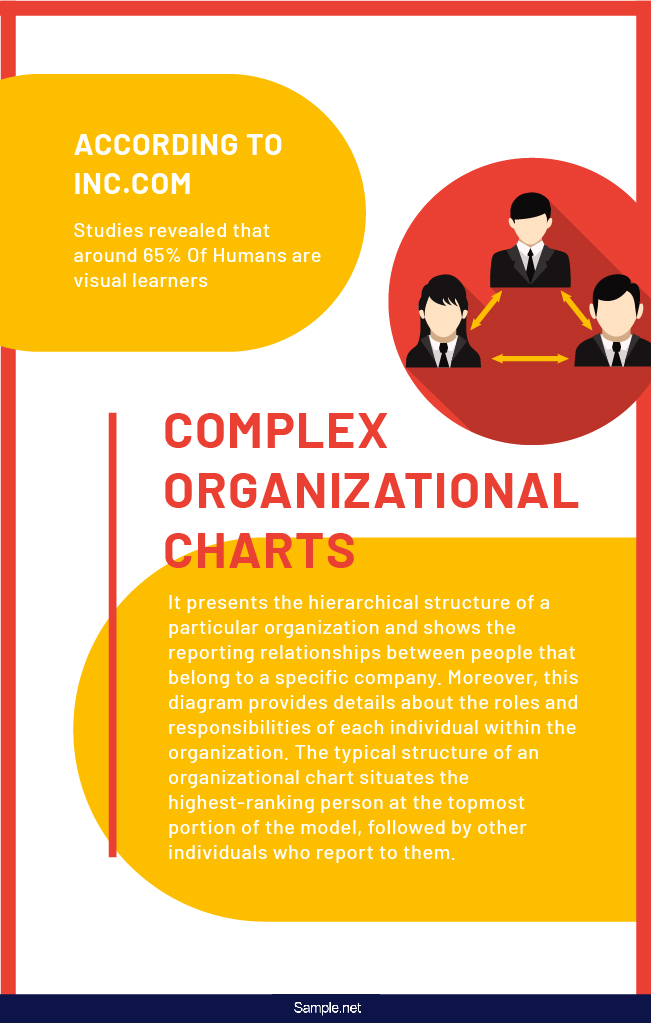
The Building Blocks of Organizational Structure
A well-planned out organizational structure provides harmony within the company and streamlines business operations and processes. The insufficiency of strategic planning in creating hierarchical structures might lead to a faulty workflow, lost profits, decreased productivity, and a higher turnover rate. For this reason, you should see to it that your company’s organizational structure is specifically tailored to the respective goals of various departments or teams. Before you create an organizational chart, look into these key aspects for you to come up with a strategic organizational structure for your company.
Boxes, Lines, and Texts
What picture does your mind paint when you hear about organizational charts? Is it a pyramid-like or top down diagram that shows the hierarchical arragement of an organization? It is safe to presume that this particular structure is the first image that comes into our mind because a typical graphical representation of an entity’s organizational structure really looks like that. However, a hierarchical organizational structure is only one type of an organigram. Note that there are other different types of organizational charts which enable you to visually present varied information. In this section, we will walk you through the fundamentals of a few types of org chart.
Hierarchical Structure
Let us begin with the most common organizational chart structure. As you probably know, the hierarchical structure presents a chain of command that starts with the manager or the CEO and ends with the entry-level employees. Everyone that belongs to the organization are subordinates of the other except for the topmost person of the hierarchy. It means that each employee has a supervisor that they report to. This type of organizational structure clearly illustrates the different levels of authority in an organization.
Matrix Structure
Unlike the traditional structure, a matrix organizational structure looks like a grid with lines that represent a dual reporting relationship. The lines used in this particular structure can be solid or dotted ones. Usually, a solid line indicates a direct reporting relationship, whereas a dotted line represents a secondary relationship between employees and managers. A matrix structure will work best if the employees within a company report to more than one supervisor. This happens when workers with the same skill set are grouped together to work on a particular project.
Network Structure
There are times when a company collaborates with external counterparts for the sharing of resources. Aside from that, some companies also have more than one location that assumes different roles that leads to the development of the entity. One way to visualize an organization with both onsite and offsite processes is through a network organizational structure. With this type of organizational chart, employees will have a firm grasp of both the internal and external relationships that exist in a corporate entity. One downside of a network organizational structure, though, is its complexity especially when it comes to dealing with several offsite processes.
Horizontal Structure
The horizontal or flat organizational structure is ideal for start-ups or small businesses. This type of structure only consists of a few levels of authority within the entity; thus, eliminating various levels of middle management. With this arrangement, managers can directly cooperate with their subordinates in decision-making processes—which will ultimately result in a more productive workforce. However, there might be a need to expand your organizational structure as the company grows over time.
Team-Based Structure
As the name suggests, different teams of employees make up a team-based organizational structure. The employees within the team carry out tasks to accomplish a common goal. In addition to that, this organizational structure enables employers to maximize the strengths and minimize the weaknesses of their employees. Moreover, when the workers are clustered together, they will only be a minimal need for management. A team-based organizational structure also focuses more on teams working hand-in-hand to reach goals than the hierarchy of a company.
How to Create a Complex Organizational Chart
The history of organizational charts stemmed from a railroad company’s need for orderliness and organization. During the 1800s, railroad manager and engineer Daniel McCallum created the first organizational chart to help delegate tasks to the rightful person and divide the administrative duties of individuals. McCallum felt the need to devise a material that would bring a sense of a systematic workflow as the railroad company grows. However, the organizational chart was far more different than the chart that we know of today because it does not follow a top-down structure. Instead, it looks like a flowery tree with vines that stretches out from the central part where the president and the board of directors were located. That is all a remnant of the past, though, creating a complex organizational chart will be less hassle with the help of these steps provided below.
Step 1: Gather Necessary Information
Before you kick off your chart-making process, it is crucial to gather all the necessary information you will input in your diagram. If you are creating an organizational chart for your company, make sure to have a complete list of the names and other vital details about the highest-ranking individuals down to the people at the bottom part of the hierarchy. Moreover, you should also attain a record of the job titles or positions of each person in the company so you can effectively illustrate the chain of command in your diagram. Although it is not necessary, you can also insert photographs of your employees for them to recognize their co-workers easily.
Step 2: Determine the Type of Chart to Use
Charts have various types that you can make use of to present different kinds of data. While an organizational chart is one type of chart, it also has other types which can be used in various scenarios. Generally, organizations create the most common organizational charts like the hierarchical, matrix, and flat organizational model. Before you lay out the information to present it visually, choose the type of chart that will best suit your purpose and needs.
Step 3: Group the People Accordingly
An organizational chart that is full of squares and lines will look disorganized and jam-packed with details. One way to minimize this is to group the people with the same position in a single box. Those employees who assume identical roles in the company should be grouped together instead of having their names situated on a separate box. Aside from helping you save up a lot of space, doing so will make your organizational chart easily understandable on the part of the viewers.
Moreover, you should focus on the roles and responsibilities of each person rather than their names when you start filling up the boxes with information. Bear in mind that the people do not determine the structure of an organization but the position they hold. This means that you must write the job title first, followed by the name of the person who holds the position.
Step 4: Mind the Formatting
Aside from the information you input in the organizational chart, one of the aspects you should look into is its overall appearance. As emphasized in this article, the primary purpose of charts is to make complex information less complicated. Therefore, you should not make it hard for the viewers to understand the content of your organizational chart. You can achieve this through proper formatting of details you place on the sheet. Provide your document enough and even spaces for it not to look cluttered, and use business-standard fonts for it to be legible enough. Also, you should see to it that your organizational chart design will fit in a single page to not raise confusion regarding the relationships between individuals. You will know how effective your material is in conveying information if the viewer can immediately spot a hierarchy or link between people in your organization.
Step 5: Make it Accessible
Whether it is in a school, small business, corporation, hospital, etc., every person who belongs to an organization should know its structure. It guides the members or employees in being fully aware of their respective roles and responsibilities. Moreover, it gives them a definite idea of the reporting relationships that regulate the workflow of an organization. For this reason, you should make sure that everyone in your organization has access to the organizational chart. Scrap the idea of printing your design on a sheet of paper, make it digitally accessible to ensure that everyone in your company—including off-site employees—can view the file.
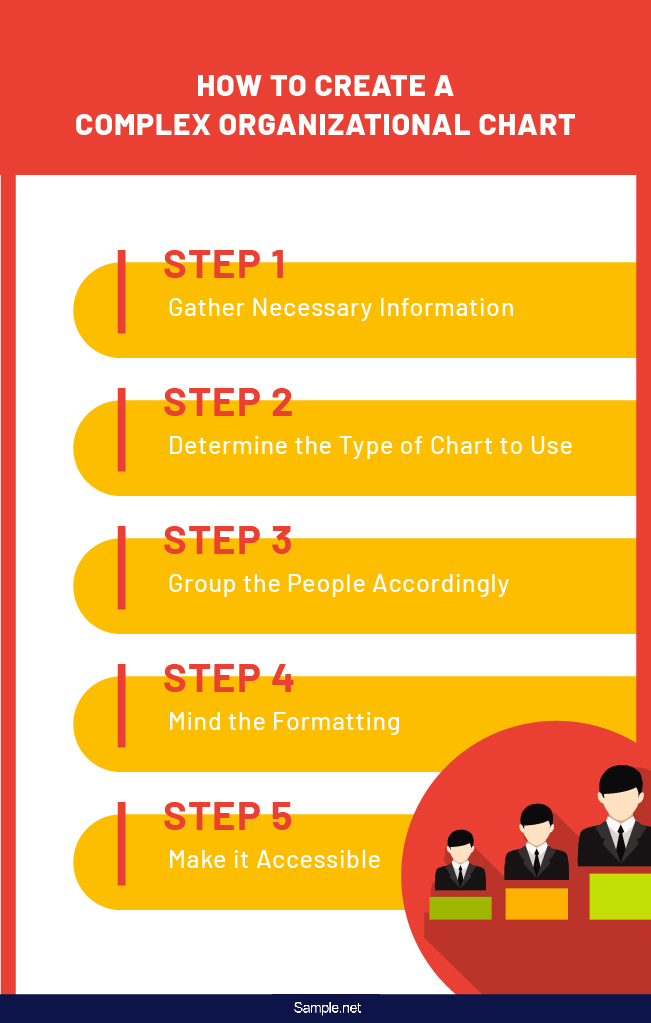
It would be hard to fully understand the structure of an organization without any form of graphical representation. Besides, who would want to read lengthy sentences that explain the reporting relationships of a company, right? However, creating an organizational chart might mean that you have to deal with its complexity, especially when it involves lots of information, links, and people. You don’t have to worry about that, though! Browse through the selection of org chart templates displayed on this page, download one, edit, and you’re good to go!
